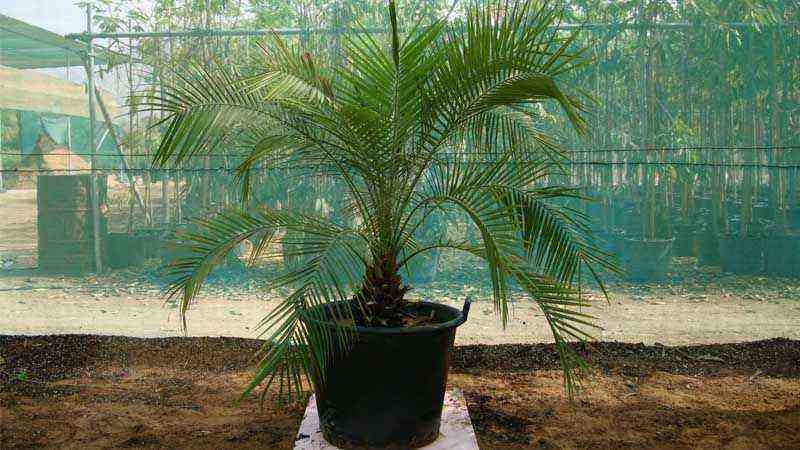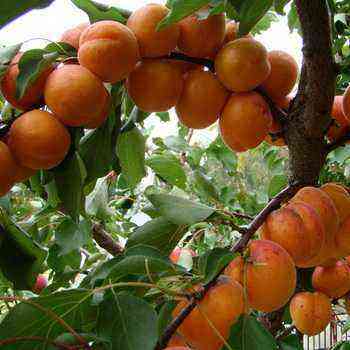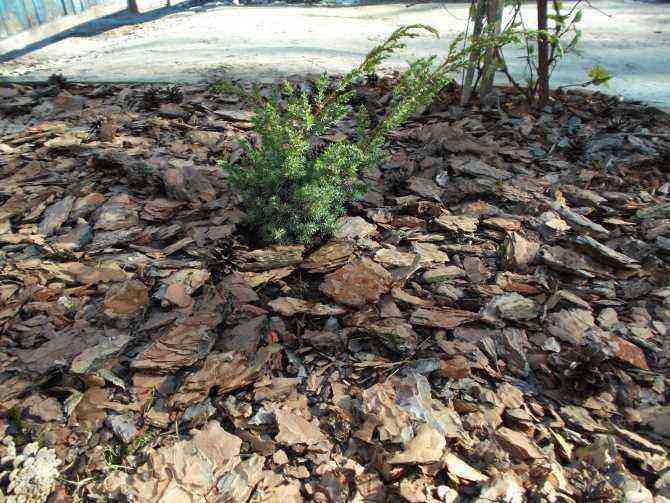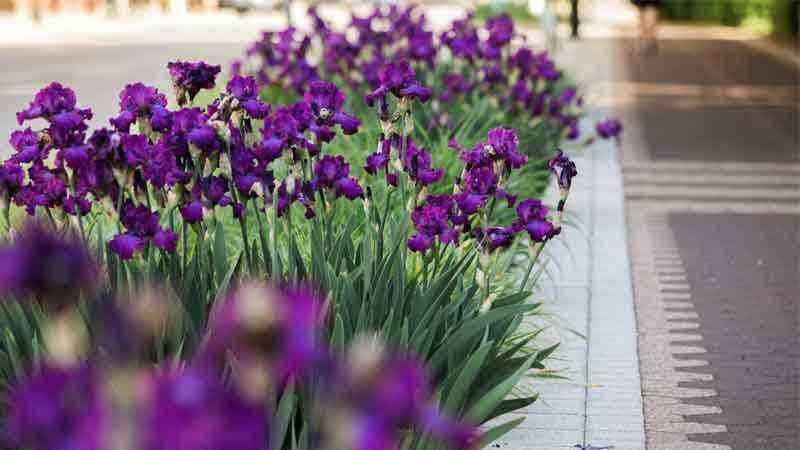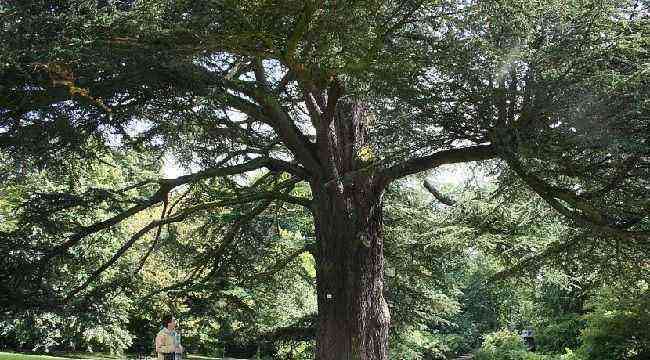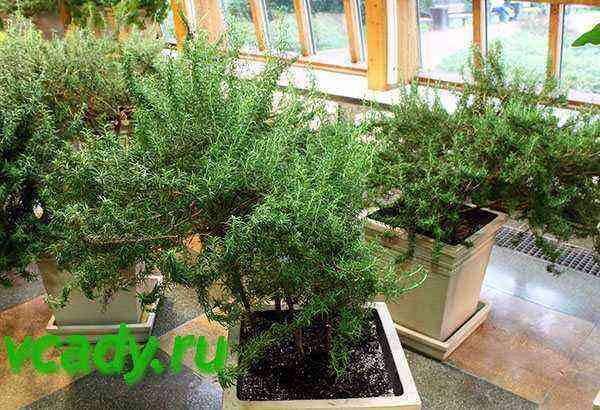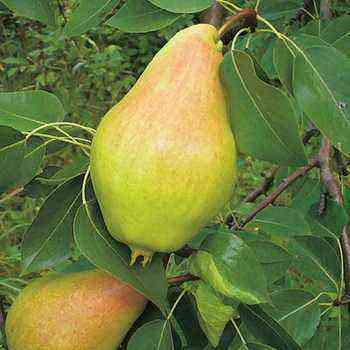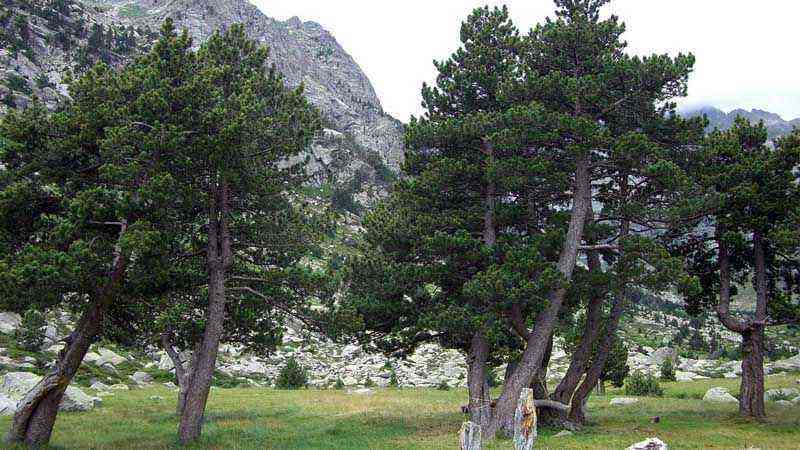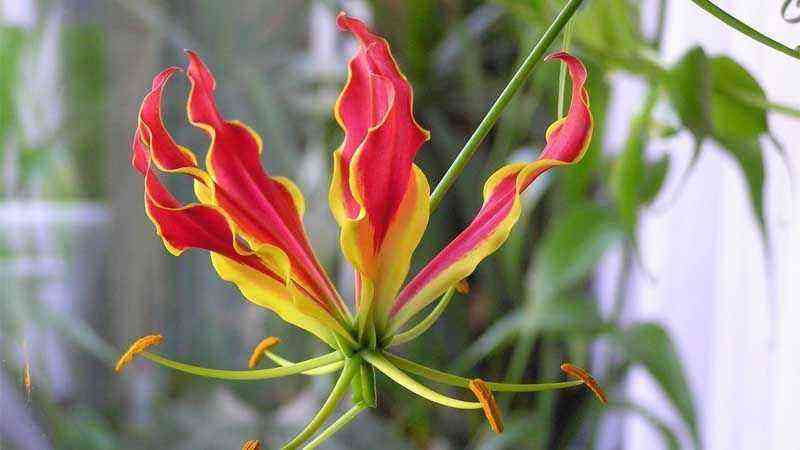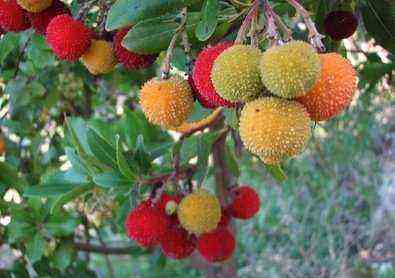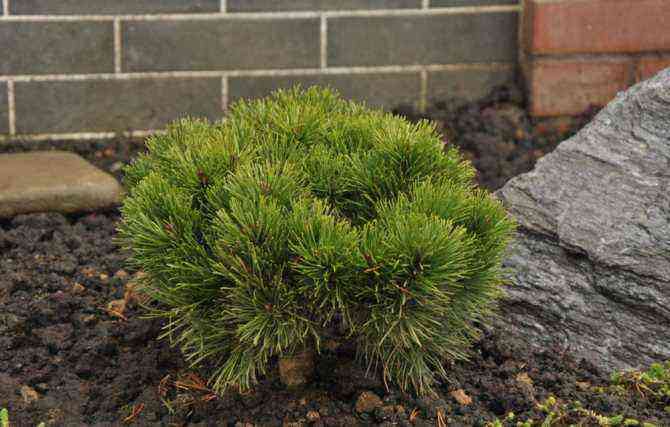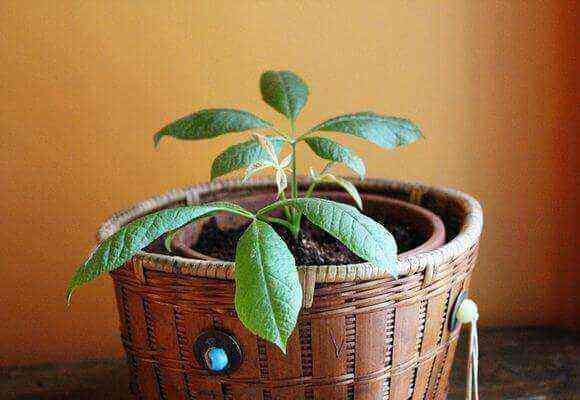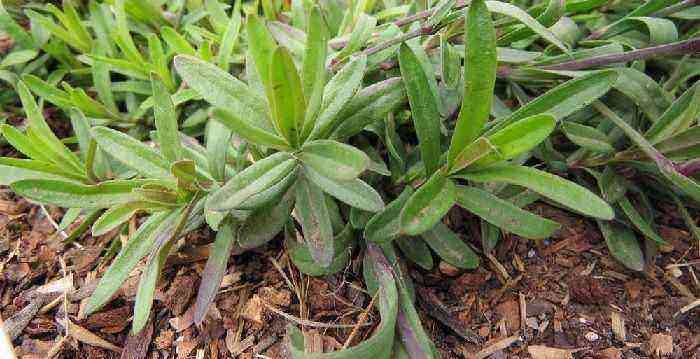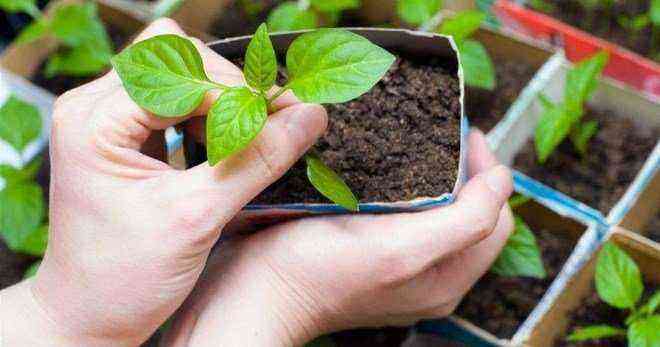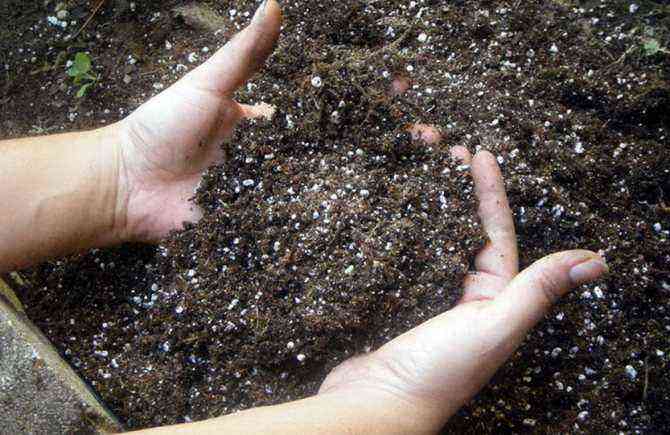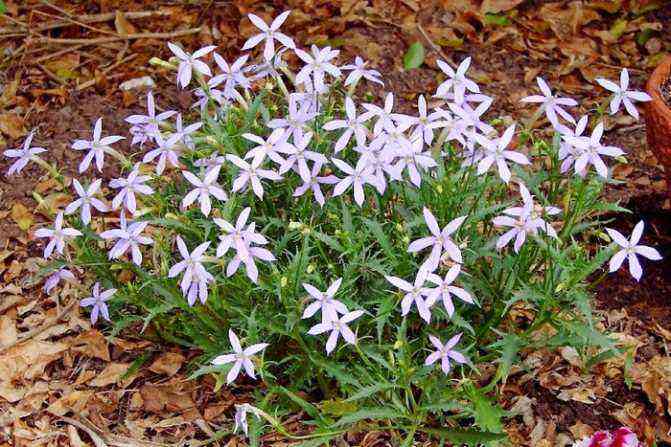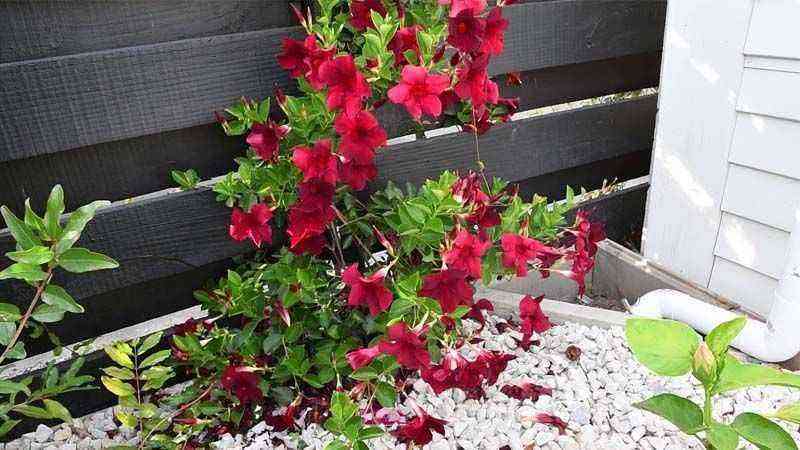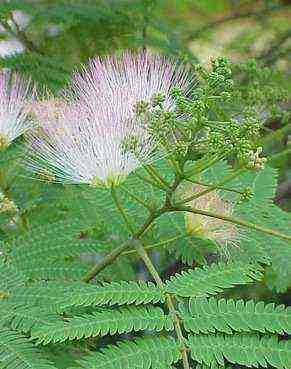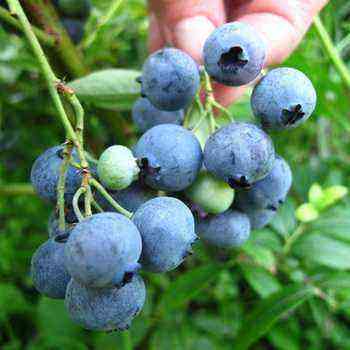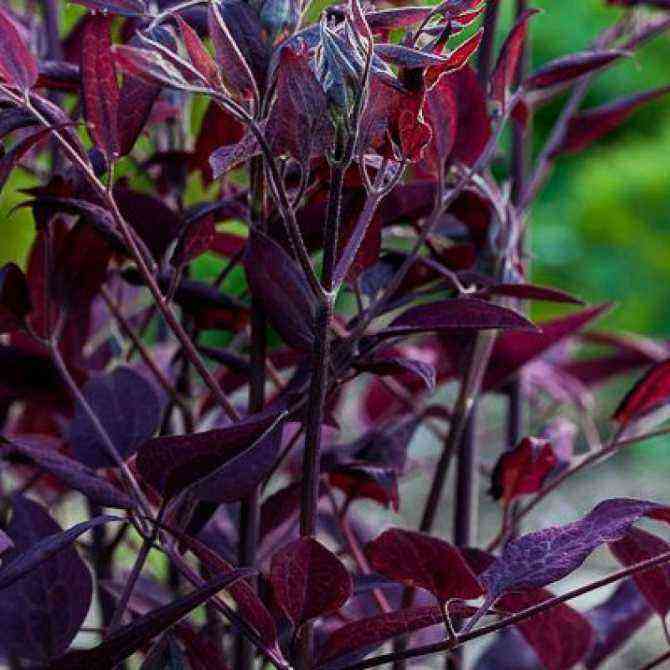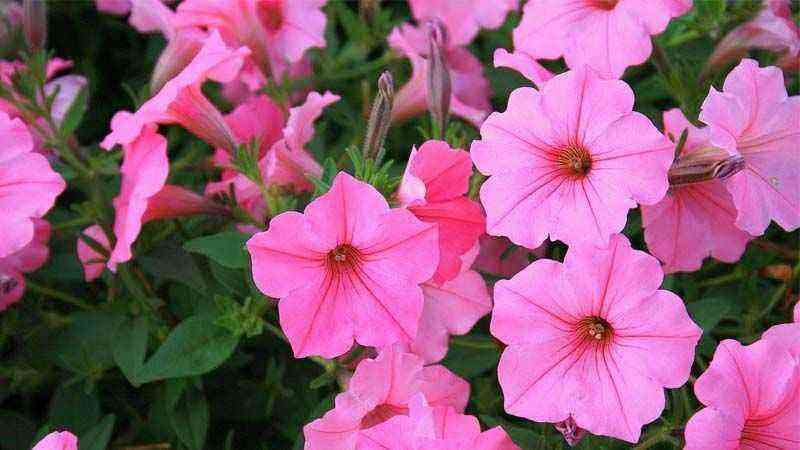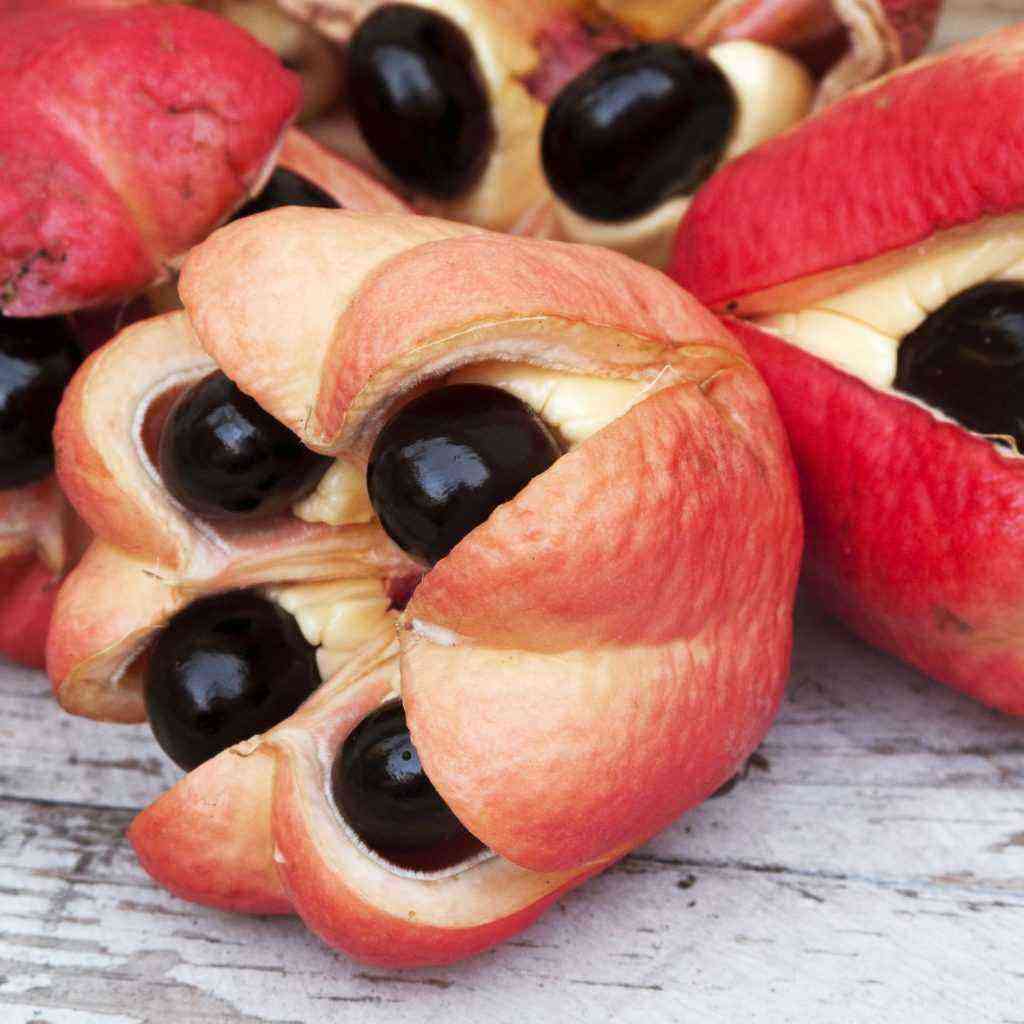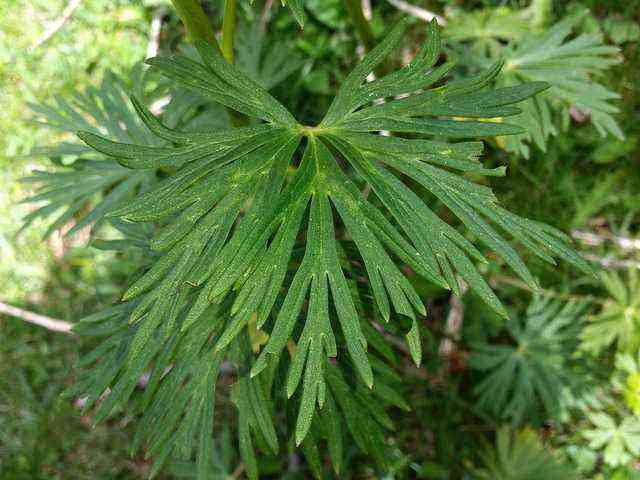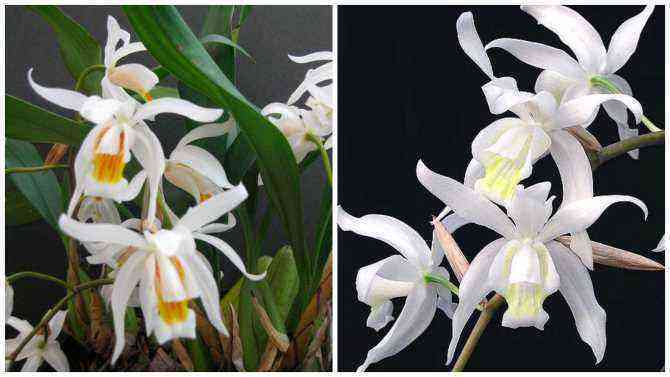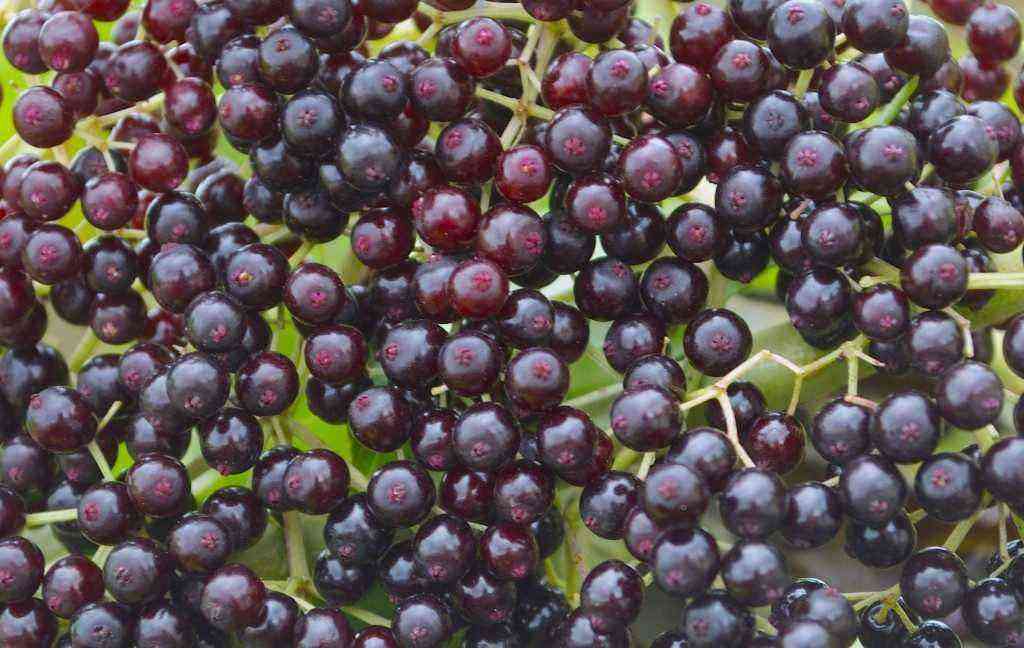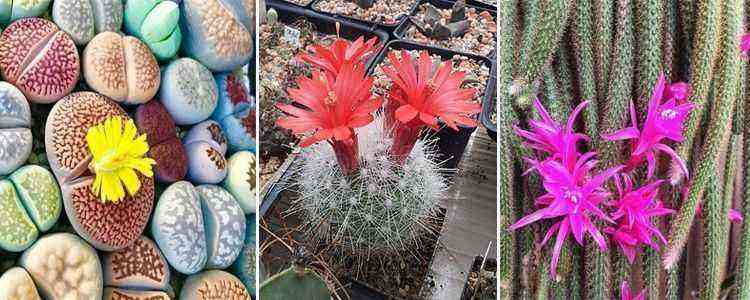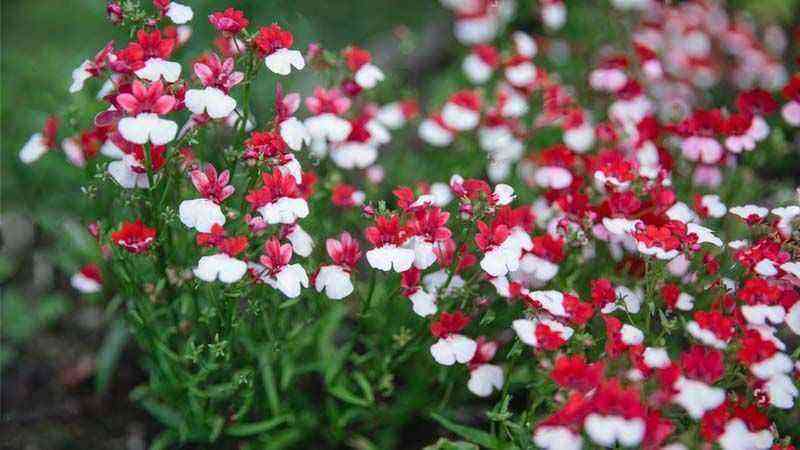His scientific name is Phoenix roebelenii, or colloquially called common palm tree, dwarf palm, date palm, phoenix palm or tamara palm among other names.
Phoenix roebelenii es native to Southeast Asia, Southwest China, North Laos and Vietnam. This genus of plants is made up of some 11 to 15 species of palm trees, some of the species are Phoenix dactylifera, Phoenix canariensis, Phoenix sylvestris.
The dwarf palm, as it is commonly known, is a very remarkable species of palm trees distributed from Canary Islands and Africa, all the way to the Far East. The best known or most popular is the date market, so if you live in a city near the sea you have found some plant of this type walking.
Su trunk is thin and its height does not exceed five meters, although generally does not reach more than one meter in height It will be its leaves that give it a more voluminous appearance, it can be grown in gardens outdoors or in large pots for indoors.
Characteristics of the dwarf palm (Phoenix roebelenii)
Phoenix roebelenii it’s a decorative looking palm tree. In fact, the most striking thing is the low height it reaches, something interesting if we want to grow it in a small garden or even in pots. These types of palm trees are the most popular in gardens and in interior decoration.
Su growth is slowTherefore, transplantation in pots is carried out many years after planting. Its leaves can measure one and a half meters, they are bright green and are very flexible, but the closer they get to the trunk, they are more sharp with a width of 20 centimeters more or less.
You have very tiny yellow flowers with little ornamental value. Phoenix roebelenii it blooms in spring in the months of April or May, but if we have the plant indoors, they do not usually flower. A curiosity is that it bears fruit and is edible. They have a rounded shape and dark hue, known as dates.
Its cultivation adapts very well both for indoors and outdoors. If we do it in pots, we must consider using a large pot to reduce transplants to a minimum, since they are species not very adapted to changes.
Main care of Phoenix roebelenii
Climatology and location
The climate most adapted to the dwarf palm is the Mediterranean, with warm temperatures during spring and summer and mild winters.
Phoenix roebelenii it’s a plant ideal for coastal areas where the temperature in winter is milder and remains more constant. For example, in southern Spain.
Solar exposition
It needs total exposure to the Sun, not having any problem even in the summer season. Likewise, it can be adapted to semi-shaded areas in warmer environments.
Irrigation characteristics
We have to water the soil where we plant our Phoenix roebelenii with moderate frequency. Palm trees are drought-resistant species, but they thrive in an environment with constant light humidity.
An irrigation frequency is 2 times a week in summer and 1 every 10/15 days (depending on the temperatures) during the cold.
Soil and substrate
Phoenix roebelenii It can be grown both in high-volume pots and directly in garden soil. It supports any soil texture, but has as a condition that it offers good drainage and is minimally fertile.
To solve these two conditions, the contribution of organic matter well mixed in with the earth, both in the transplant and the annual contribution is advisable. On the one hand we will improve the hydration of the wet bulb and, on the other, we will improve the drainage.
As for the substrate, we can make a mixture of equal parts of universal substrate and coconut fiber. This universal substrate, which can also be substituted for peat, provides nutrients and good moisture conservation, while the coconut fiber improves oxygenation and gives it a very favorable spongy texture for the development of new roots.
Subscriber
The contribution of mineral fertilizers is recommended after the winter outing, in early spring. We can use liquid fertilizers or solid granulated fertilizers. A universal formula suitable for Phoenix roebelenii it is NPK 12-8-16 with magnesium and micronutrients. We will contribute around 30-50 grams per pot, repeating the operation every 30 days throughout the summer.
Keys to multiplication
The easiest way to multiply our dwarf palm is through seeds. However, it is a slow process that will require patience and maintaining good humidity conditions throughout the germination period.
Germination time: 50 days.
It is advisable to germinate in pots during spring or early autumn, where we will control the temperature and keep it away from direct Sun. To prepare the substrate, mixing equal parts of universal peat + coconut fiber it is ideal, since it reduces dependence on irrigation.
Ideal transplant time: in early spring, directly in the garden, mixing the soil with organic matter (2 to 3 kg).
Pests and diseases Phoenix roebelenii
Palm trees are resistant to bad weather and drought, but there are some pests that usually affect almost all species. We are talking about mealybugs, borers or donuts that usually settle on the head of the palm tree and feed on the suction of sap from the youngest leaves. Other pests also create galleries that end up drying entire leaves.
Pruning and maintenance of the dwarf palm
Although it is common for palm trees to be pruned to clean the head and reduce the number of leaves that fall due to gravity, Phoenix roebelenii does not need so many cuts. The usual thing is to remove the affected or drying leaves, which usually coincide with the oldest. For its elimination, we will simply make a cut from the base with a handsaw.
